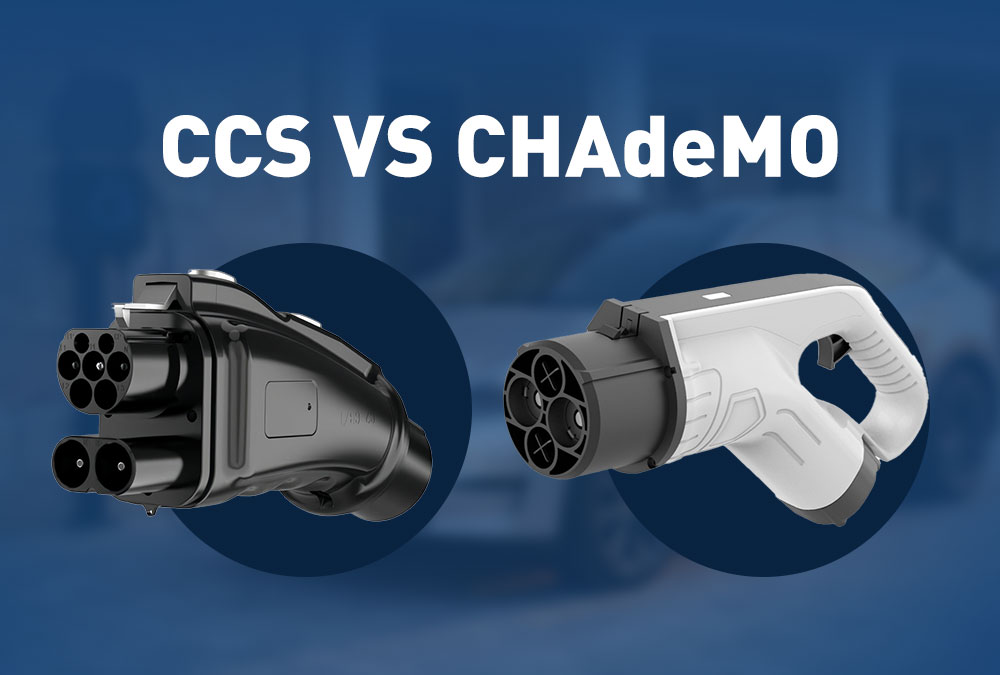
Introduction: Understanding CCS vs CHAdeMO EV Charging Standards
The world of electric vehicles is changing fast. As EVs move from niche to mainstream, one thing stands at the heart of the experience — charging. And for every EV owner, fleet operator, or dealer, the question eventually comes up:
“Which fast charging standard should I rely on — CCS or CHAdeMO?”
This isn’t just a technical question. It’s about convenience, time, compatibility, cost, and how ready your vehicle is for the future of mobility. In this guide, we’ll break down six essential differences between CCS and CHAdeMO — including connector design, charging speed, market coverage, V2G capability, adapter use, and what’s next for each system. You’ll also find 2025 updates, expert opinions, and practical insights for choosing the right standard for your EV business or fleet.
1. What Is CHAdeMO?
CHAdeMO (short for CHArge de MOve) was developed in Japan back in 2010 by Nissan, Mitsubishi, and Toyota. The name came from a Japanese phrase meaning “Let’s have a cup of tea,” symbolizing how quickly a charge could be completed — back when charging an EV in the time it takes to drink tea felt futuristic.
In the early days, CHAdeMO’s 50kW chargers were a perfect match for smaller batteries like those in the Nissan Leaf or Mitsubishi i-MiEV. Even today, most CHAdeMO chargers around the world still deliver 50–100kW, despite newer versions (CHAdeMO 2.0 and 3.0) claiming up to 400–900kW. The problem? Infrastructure hasn’t kept pace.
Common vehicles using CHAdeMO include:
- Nissan Leaf
- Mitsubishi Outlander PHEV & i-MiEV
- Kia Soul EV (2014–2020)
- Peugeot iOn & Citroën C-Zero
- Tesla Model S/X (with CHAdeMO adapter)
- Subaru Solterra (Japan models)
But Japan’s Ministry of Economy, Trade and Industry (METI) has already announced that from 2027, all new EVs sold must support CCS. This marks a major policy shift — CHAdeMO’s long reign in Japan is slowly coming to an end, transitioning from the national default to a legacy system.
2. What Is CCS Charging? How the Combined Charging System Became the Global Standard
The Combined Charging System (CCS) didn’t start from scratch. It evolved from existing AC standards by adding DC charging pins — keeping compatibility while boosting power.
CCS1 vs CCS2: What’s the difference?
CCS1 is based on the North American SAE J1772 connector.
CCS2 (also called Combo 2) builds on the European Type 2 (Mennekes) connector.
This “combo” design means a single port on your EV can handle both slow AC and ultra-fast DC charging. That’s simpler for users, cheaper for manufacturers, and easier to maintain.
Major automakers supporting CCS:
Volkswagen, BMW, Ford, GM, Hyundai, Kia, Mercedes-Benz, Audi, Volvo, Rivian, Polestar, and many others.
With networks like IONITY (Europe), Electrify America, Shell Recharge, and BP Pulse, CCS chargers now offer 150–350kW speeds — with some liquid-cooled stations reaching 480kW. On Germany’s A8 highway, IONITY chargers can add 300 km of range in just 10 minutes. That’s a game changer for road trips.
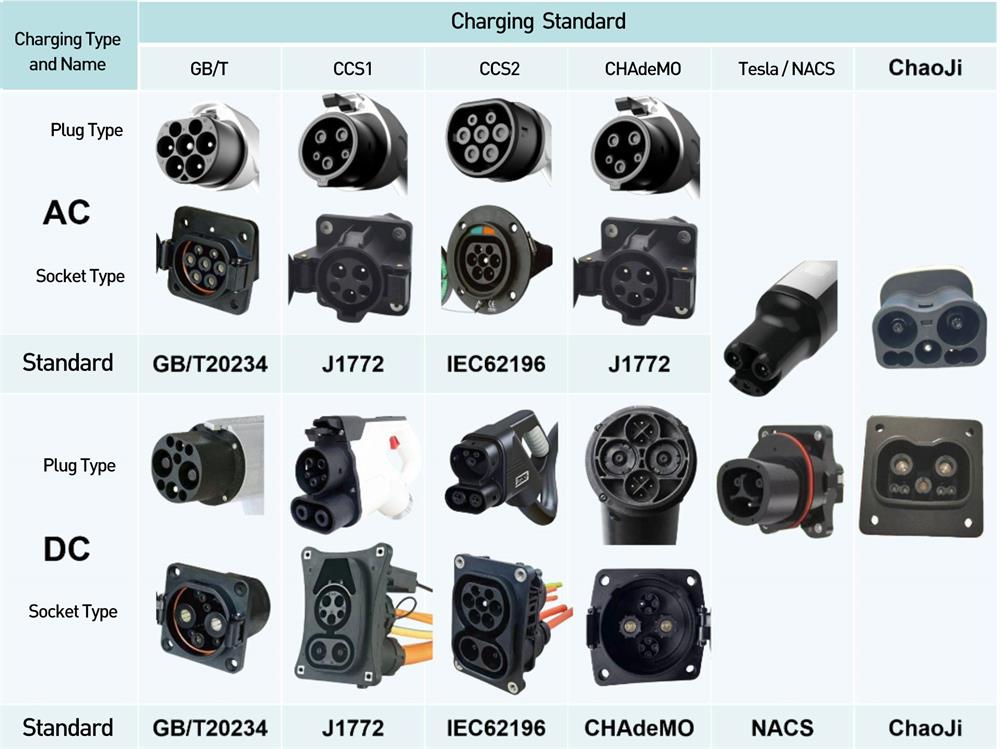
3. CCS vs CHAdeMO Connector Design: A Look at Compatibility and User Experience
| Feature | CCS (Combo 1 / 2) | CHAdeMO |
|---|---|---|
| Interface | AC + DC in one port | DC only |
| Pins | 7 | 9 |
| Port on vehicle | One unified | Usually two (AC + DC) |
| Plug size | Compact | Bulky, round |
CCS wins on design simplicity. You only need one port. Plug in, charge, done. CHAdeMO vehicles often have two separate ports, which adds cost, takes space, and can complicate waterproofing.
Real-world issues with CHAdeMO connectors in cold climates
Cold climate users also noticed that CHAdeMO plugs tend to freeze and stick. Field reports from Nordic operators show 30% higher insertion force compared to CCS, making them harder to use in icy weather.
From an installer’s perspective, CCS wiring is simpler too — fewer parts, fewer failure points, easier maintenance.
4. Why CCS Is Dominating EV Charging Standards Worldwide
The global map tells the story. According to BloombergNEF and the IEA (2025 Q1):
| Region | CCS Share | CHAdeMO Share | Trend |
|---|---|---|---|
| Europe | 92% | <5% | CCS2 mandated, CHAdeMO phasing out |
| North America | 88% | ~7% | CCS1 dominant, shifting to NACS |
| Japan | 35% | 60% | CHAdeMO legacy, policy shifting |
| Korea / Southeast Asia | 75%+ | <20% | CCS2 expanding fast |
| Global | ~78% | ~15% | CCS growing steadily |
In Europe, CCS isn’t just popular — it’s required. Under the EU AFIR regulation, all new highway charging sites must include CCS2 connectors. The U.S. NEVI program also mandates CCS1 for federally funded stations, pushing CHAdeMO further to the sidelines.
The result? In Europe, CCS2 has become the universal plug. You can travel from Paris to Oslo without worrying about compatibility — CCS2 stations are everywhere.
5. Can Adapters Bridge the Gap Between CCS and CHAdeMO?
Many CHAdeMO owners ask: “Can I charge my Nissan Leaf at a CCS station?”
Technically, yes — with a certified CCS-to-CHAdeMO adapter.
Brands like Tesla, Juice Booster, Morec, and DazeTechnology offer adapters, but they’re more than just physical converters. They handle protocol translation between CCS (ISO 15118) and CHAdeMO systems.
Power and safety limitations of CCS-to-CHAdeMO adapters
- Power Cap: Even on a 350kW CCS charger, you’ll likely only get 50–100kW via adapter.
- Reliability Issues: Some adapters cause handshake failures or slow startups due to firmware mismatches.
- No Reverse Compatibility: You can’t charge a CCS car on a CHAdeMO station.
User feedback:
“Driving from Munich to Hamburg, that adapter saved me — slower charging, but at least I didn’t have to detour 30km to find a CHAdeMO port.” — Dutch Nissan Leaf owner
Adapters are fine as a temporary fix, but they won’t replace true CCS compatibility. If you’re buying a new EV or building infrastructure, CCS2 is the future.

6. Bidirectional Charging (V2G/V2H): How CHAdeMO Leads and CCS Catches Up
Here’s where CHAdeMO shines. It was the first standard to enable Vehicle-to-Grid (V2G) and Vehicle-to-Home (V2H) functions — letting your EV send power back to your house or the grid. Nissan Leaf drivers in Japan already use this during blackouts.
But CCS is catching up. With ISO 15118-20 and OCPP 2.0, CCS systems now support bidirectional charging. Ford’s F-150 Lightning and Hyundai’s Ioniq 5 can already push energy back to the grid in pilot programs.
In the UK, Octopus Energy’s Intelligent Octopus project allows owners to earn around £300 per year by feeding power back during peak hours. By 2026, the IEA predicts CCS will fully surpass CHAdeMO in V2G integration.
7. Fast Charging Speed and Real-World Benefits for Drivers
Let’s be real — charging speed changes everything.
A 350kW CCS charger can add 250 miles in 20 minutes. A 50kW CHAdeMO might take an hour for the same range. That’s the difference between grabbing a coffee or waiting through lunch.
Fast charging also means:
- More freedom for road trips
- Less “range anxiety”
- Higher resale value (up to 12% higher than CHAdeMO cars, per AutoTrader 2024)
- Better future-proofing for 800V platforms
If you mostly charge at home, speed might not matter daily. But when you travel — it matters a lot.
Conclusion —Which EV Fast Charging Standard Should You Choose?
If you’re a driver:
- In Europe or North America — go with CCS.
- In Japan — CHAdeMO still works, but the clock is ticking.
- For long trips — get a certified CCS-to-CHAdeMO adapter as backup.
If you’re a business or fleet manager:
- Build new stations with CCS2 as the main connector.
- Offer dual-standard chargers only where legacy CHAdeMO cars remain.
- Plan for OCPP 2.0 + ISO 15118-20 — the future of smart charging.
Bottom line: CCS is no longer just a standard — it’s the global language of EV charging.
At AnengJi, we design and manufacture multi-standard DC fast chargers (CCS1, CCS2, CHAdeMO, and GB/T). All models are UL and CE certified, OCPP 2.0 compliant, and deployed in over 80 countries. From 320kW single-gun chargers to 360kW dual-connector hubs, we help businesses build charging stations ready for the next decade of e-mobility.
FAQ: CCS vs CHAdeMO Explained
1. What’s the main difference between CCS and CHAdeMO?
CCS integrates both AC and DC in one port, making it more convenient and globally compatible. CHAdeMO requires a separate DC plug and is mostly used in Japan.
2. Which standard is faster — CCS or CHAdeMO?
CCS can deliver up to 350kW (and even 480kW in some setups), while most CHAdeMO stations are limited to 50–100kW. CCS is significantly faster.
3. Can I use a CCS charger for my CHAdeMO car?
Yes, but only with a certified adapter. However, charging speed will drop, and not all models are compatible.
4. Is CHAdeMO being phased out?
Yes, in most regions. Japan will switch to CCS after 2027, and Europe/US have already standardized on CCS2 and CCS1 respectively.
5. What is bidirectional charging (V2G)?
It allows your EV to send energy back to the grid or your home. CHAdeMO supports it now; CCS will fully support it by 2026.
6. Which standard is better for commercial or fleet charging?
CCS2 is ideal for global use, offering higher power, better compatibility, and future-proof infrastructure — perfect for fleet or highway charging hubs.

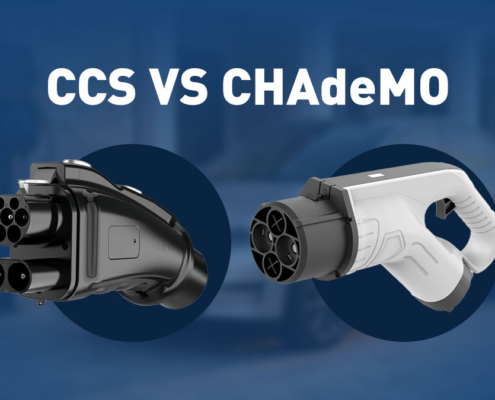
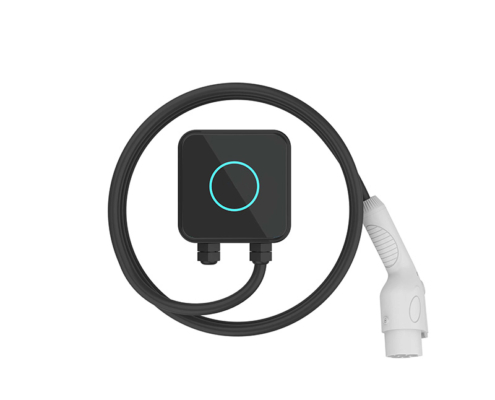
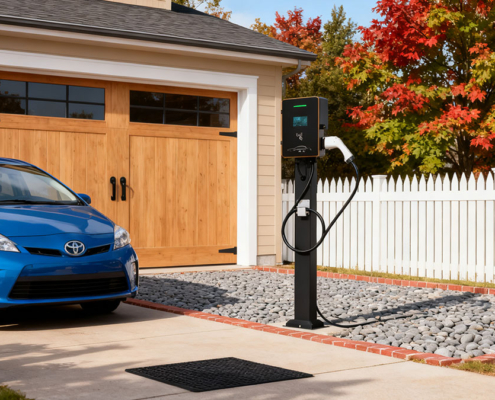


Leave a Reply
Want to join the discussion?Feel free to contribute!